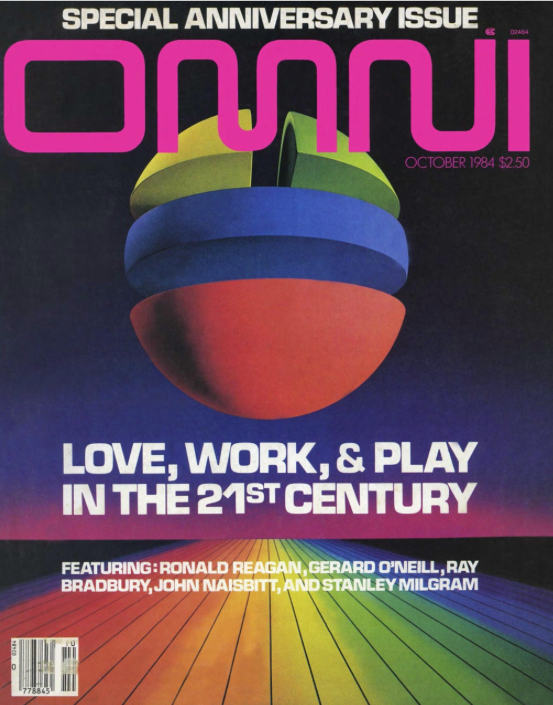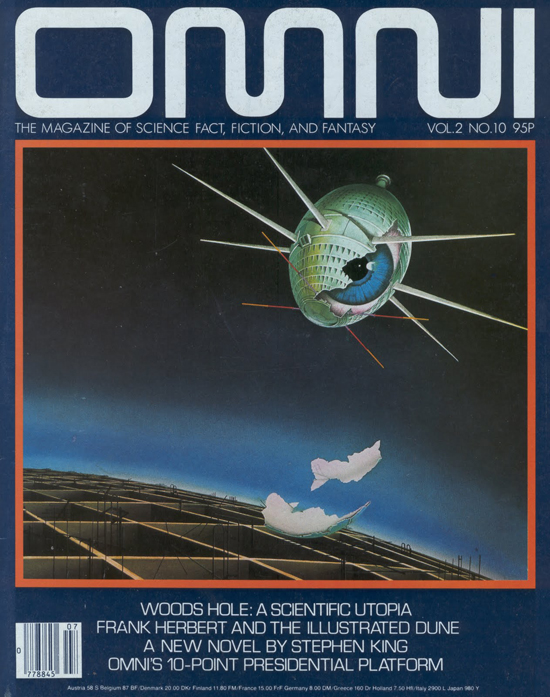It may be that familiarity breeds contempt, and if that’s so, we should all be very glad of the wealth of excellent documentaries correcting the monolithic commercial story of punk, which goes something like this: The Sex Pistols and The Clash explode into the world in 1977 purveying anarchy and revolution and designer BDSM gear, and the status quo freaks out, then discovers many savvy marketing opportunities and here we are at our local punk boutique before the punk arena show at Corporation Stadium.
That’s a boring story, mostly because all the most interesting parts, and weirdest, most violent, gross-out, angry, experimental, queer, black, radical, feminist, etc. parts get left out, along with nearly all the best bands. Even if we date punk from the early seventies in New York with Patti Smith and the Ramones, we’re missing key progenitors from the 60s, from Detroit, Germany, Tacoma, Washington… The brackets we snap around decades as though each one popped into existence independently may blind us to how much history folds back in on itself, as do musical eras and genres.
Even before Crass arrived in ‘77 as “the missing link between counterculture hippies and punk’s angry rhetoric,” the MC5 ruled Detroit stages and bloody political conventions in 1968 Chicago. Though they’re credited—along with fellow motor city natives Iggy and The Stooges—with the invention of punk, they played hippy music: loose, bluesy, soulful, filled with long jams and solos. But they played it harder and with more speed, raw metal edge, and intensity than anyone, while adopting the politics of the Black Panthers. It’s refreshing to see both the MC5 and The Stooges represented in the Spotify playlist below, “The Evolution of Punk in Chronological Order.” (If you need Spotify’s software, download it here.)
What may sound didactic is in fact pleasantly surprising, and maybe essential as far as these things go. No, of course, “not EVERY punk band will be listed here,” the playlist’s creator concedes on Reddit. Not only is this impossible, but, as he or she goes on, “I am constructing this list by my own personal beliefs of what makes a band punk.” (Sorry, Blink 182 fans.) I’d be intrigued to know what those beliefs are. They are discriminating, yet ecumenical. Not only does the MC5 get much-deserved inclusion, but so do seminal 60s garage rock bands like The Monks, an American band from Germany, and The Sonics from Tacoma.
We begin with a little-known, quaintly-named act called Ronnie Cook & The Gaylads, who in 1965 recorded “Goo Goo Muck,” a novelty track that delivered for The Cramps sixteen years later. Early 60s rockabilly, surf-rock, and bubblegum (all products of the previous decade), are of course essential to so much punk, but the novelty act is also a punk staple. I’m pleased to see here serious experimentalists like Suicide and NEU!, two bands without whom so much of the 2000s could not have happened. I’m also pleased to see eighties pranksters The Dead Milkman, who wrote deeply offensive novelty songs like “Takin’ Retards to the Zoo” and sounded like a comic book.
Do we not hear of the Dead Milkmen, and bands like Choking Victim, Cock Sparrer, or the Crucifucks, because of political correctness run amok? That seems like an anachronistic way to look at things. I can assure you they pissed people off just as much at the time, and everyone argued endlessly about free speech. It’s true, the most offensive punk figure on the list, G.G Allin, became a minor celebrity on the daytime circuit after his extreme indulgences in masochism and coprophilia onstage. But most punk bands played for limited audiences, released on tiny labels, and attached themselves to particular regions. Playing punk rock was not always a very popular thing to do.
There are too many fragments, too many offshoots, tribes, divisions and affiliations for a monoculture summary. But if you were to write an account of punk using only the tracks on this playlist, it would be a comprehensive overview most people do not know, and a fascinating one at that. Maybe punk died–in ’77 when it signed to CBS, or in 1979 at the dawn of the eighties, or last year, who knows. But this list insists on covering over fifty years–from “Goo Goo Muck” to SKAAL’s 2016 “Not a Fan,” an almost classical slab of hardcore, with a chorus that provides the ideal coda: “Your rules / I’m not a fan.” Is punk dead? You tell me.
Related Content:
Rare Live Footage Documents The Clash From Their Raw Debut to the Career-Defining London Calling (1977–1980)
33 Songs That Document the History of Feminist Punk (1975–2015): A Playlist Curated by Pitchfork
The MC5 Performs at the 1968 Chicago Democratic National Convention, Right Before All Hell Breaks Loose
Watch the Proto-Punk Band The Monks Sow Chaos on German TV, 1966: A Great Concert Moment on YouTube
Josh Jones is a writer and musician based in Durham, NC. Follow him at @jdmagness








